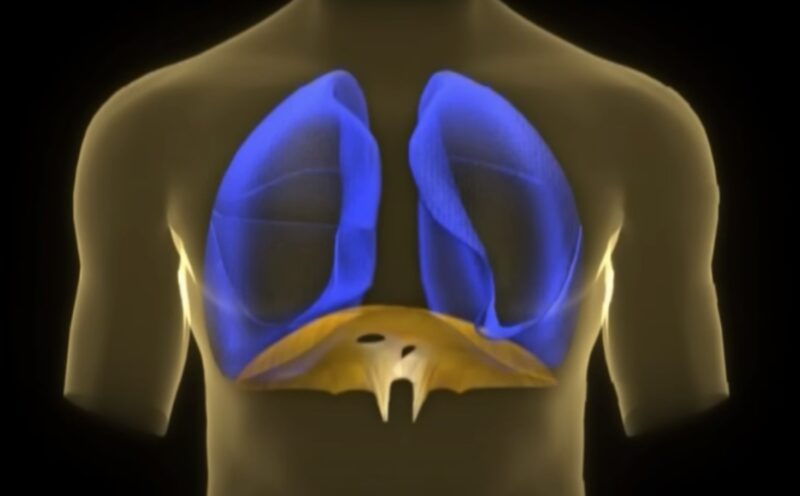Myelophthisic Anemia is a rather intricate medical condition that puts a strain on the bone marrow’s capacity to generate blood cells. In this article, we’ll talk about the depths of this condition, exploring its causes, symptoms, and potential treatments.
Infiltration and Its Effects
The bone marrow plays a vital role in our body by producing blood cells. When foreign lesions invade it, they can disrupt its structure or cause reactive fibrosis. In either case, the marrow’s ability to generate blood cells is compromised. This usually leads to pancytopenia, a condition where the number of red and white blood cells, as well as platelets, decreases.
According to the National Institute of Immunohaematology, bone marrow fibrosis represents an important structural change in the marrow that interferes with some of its normal functions.
Infiltrating lesions often appear as metastatic cancers or infectious granulomatous processes. Some common malignant culprits include breast cancer that has spread, lung cancer, and prostate cancer.
On the other hand, infectious granulomatous diseases can be caused by pathogens such as Mycobacterium tuberculosis and various fungal agents, particularly in individuals with weakened immune systems.
Peripheral Blood Smear Findings
In Myelophthisic Anemia, there’s an intriguing occurrence where blood cell progenitors like erythroblasts and myeloblasts exit the bone marrow and enter the bloodstream.
You can actually see this phenomenon by examining a peripheral blood smear. The presence of these progenitors in the peripheral blood is quite unusual, and it can offer valuable hints for diagnosing Myelophthisic Anemia.
Causes of Myelophthisic Anemia

Grasping the fundamental reasons behind Myelophthisic Anemia is vital for its accurate diagnosis and effective treatment. As previously stated, the main instigators of this condition are frequently metastatic cancers or infectious granulomatous disorders.
Metastatic Malignancies

Metastatic malignancies are a type of cancer that spreads from where it first started to other parts of the body. In the case of Myelophthisic Anemia, these cancers invade the bone marrow, causing it to function less effectively.
Breast carcinoma, bronchogenic carcinoma, and prostate adenocarcinoma are among the most common cancers that can result in this condition.
Cancer that spreads from where it started to a distant part of the body is called metastatic cancer. For many types of cancer, it is also called stage IV (4) cancer. – National Cancer Institute
When these cancers spread and reach the bone marrow, they can physically replace the normal marrow cells, which hampers the production of blood cells. Detecting and treating these malignancies early can help prevent or manage the development of Myelophthisic Anemia.
Infectious Granulomatous Processes
Certain pathogens can cause infectious granulomatous diseases, which result in the formation of small areas of inflammation in tissue called granulomas. These diseases have the potential to infiltrate the bone marrow, leading to a condition known as Myelophthisic Anemia.
Some of the main culprits responsible for these diseases are Mycobacterium tuberculosis and various fungal agents. It’s important to note that individuals with compromised immune systems, such as those with HIV/AIDS or undergoing chemotherapy, are particularly susceptible to these infections.
To prevent the onset or progression of Myelophthisic Anemia, it is crucial to promptly diagnose and treat these infections. Regular check-ups and maintaining awareness of one’s health status are especially vital for individuals with compromised immune systems. By staying proactive in these matters, we can effectively address these conditions.
Common Symptoms
As per Damilola Ashorobi’s study, people with Myelophthisic Anemia often feel tired, weak, and look pale. Because their blood cell count decreases, they may also get sick more often, bruise easily, and bleed for longer periods. In severe cases of anemia, they may also experience difficulty breathing, dizziness, or chest discomfort.
It’s important to keep in mind that these symptoms can be vague and similar to those of other health issues. That’s why it’s crucial to conduct a comprehensive medical assessment in order to reach a conclusive diagnosis.







